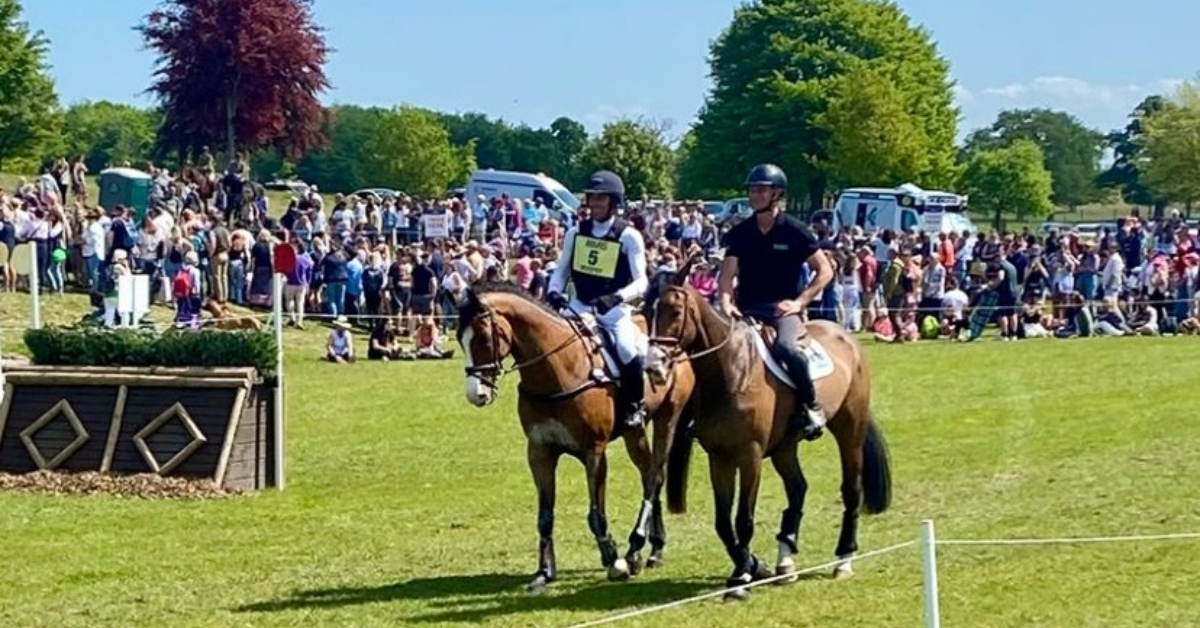By Daithi O’Lionachain
Harness racing (often referred to as sulky racing in Ireland) for many, has negative cognitions due to media perception of this activity in Ireland. The sport originated in an era where the horse and trap were the prominent means of transport with many owners partaking in racing their horse & harness in a jovial activity which led on to carrying out racing competitions under rules. This essentially is where the sport originated from, the sport which we know today as Harness Racing. From humble beginnings, formal Harness tracks were founded. The sport is governed and run under rules in many European Countries including France, Italy, and Sweden, and is also popular in America, Australia, New Zealand, and surprisingly Ireland albeit represents a small niche following. Little is known about the sport in general terms but surprisingly it is a multi-million-euro sport business.
In simple terms, in the sport of Horse Racing the jockey is mounted on top of the horse, in Harness racing the horse pulls a sulky which is occupied by a driver. Trotters and Pacers are the two types of horses that run with sulky’s attached and both have distinctive running styles and never compete against each other. The Headpole runs along the side of the horse’s body and is designed to keep the horse’s head from turning during the race. To get a grasp of the sport it is important to differentiate between Trotters and Pacers.
Trotters are the breed many ordinary folk will be familiar with. The diagonal legs run in tandem with one another, the right front leg hits the ground at the same time the rear leg strikes and vice versa. As the speed quickens the horse exits the trot and a different stride is seen. Pacers are the majority of the horses competing in Harness racing today. In comparison, the pacers move their legs on the same side of the body in tandem, the right front and rear leg move together and vice versa. The technology in the sport has improved greatly with the sulky’s in general changing over the era, pressured resistance, improved suspension etc all items which have improved the safety of the rider and horse alike.
Famous races in the sport include The New Zealand cup, and closer to home the Prix d’Amerique which is held on French soil. Similar to Horse racing the races are graded and the best horses compete in grade 1 type competitions in larger venues with the prize money on offer being direct correlation to the grade of race in question. The higher the grade, the higher the prize money, typically the better grade of horse. Traditionally a mobile starting gate signals the start of a race which in my humble opinion is a fair way of making sure all horses and riders are in position, some of the more recent calls in national hunt racing in Ireland to drop the flag to commence a race have been questionable at best!
Famous drivers include Blair Orange from New Zealand, who secured victory in the 2019 Trotting Cup at Christchurch’s Addington Raceway and a recent report has stated ‘in a 25-year career has driven more than 2100 winners, with the wins collecting more than $25 million in prize money’
The activity in Ireland due to media coverage is generally seen in a negative light, this is disappointing as the sport worldwide has so much to offer to all sectors of society. The sport can appeal to all generations and cultures. The sport has gone mainstream recently with live betting on races, and online betting firms offering odds on these types of races.


Share
Your subscription is 100% Free for our first year, No credit card details required.

The Judging Concerns That Keep Coming Back — And Why They Can’t Be Ignored Anymore We didn’t make it to

There are few sporting events that live up to the hype. Wimbledon? Too many strawberries. Cheltenham? Too many suits. But

British Veterinary Association publishes full response to Competition and Markets Authority’s proposed remedies for veterinary market for household pets. The